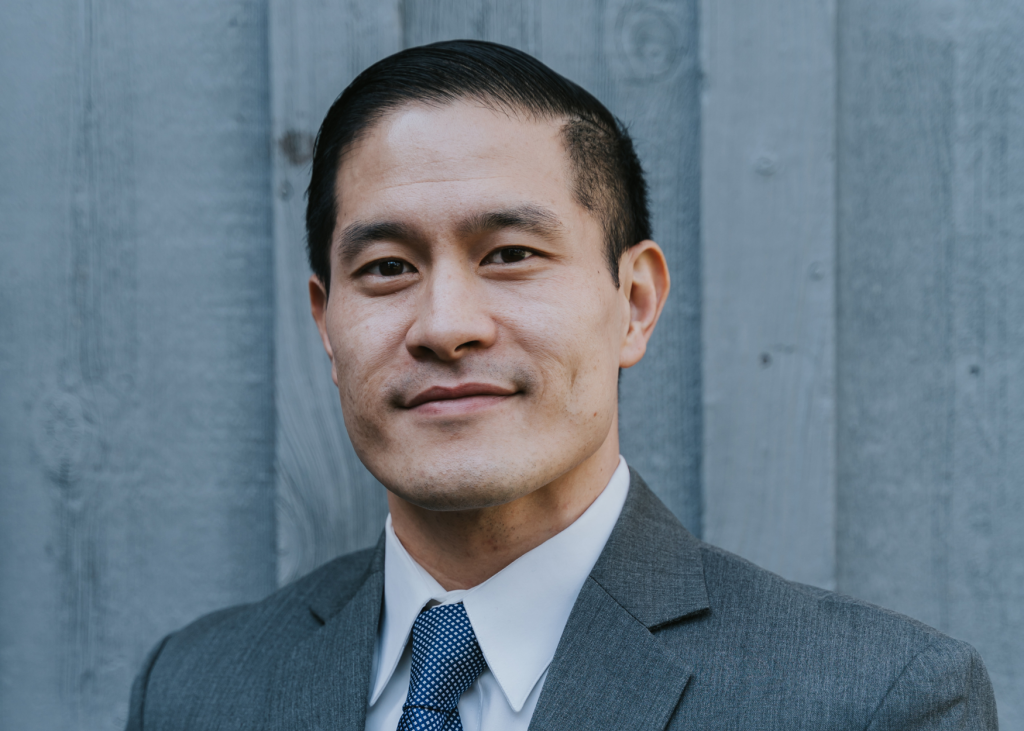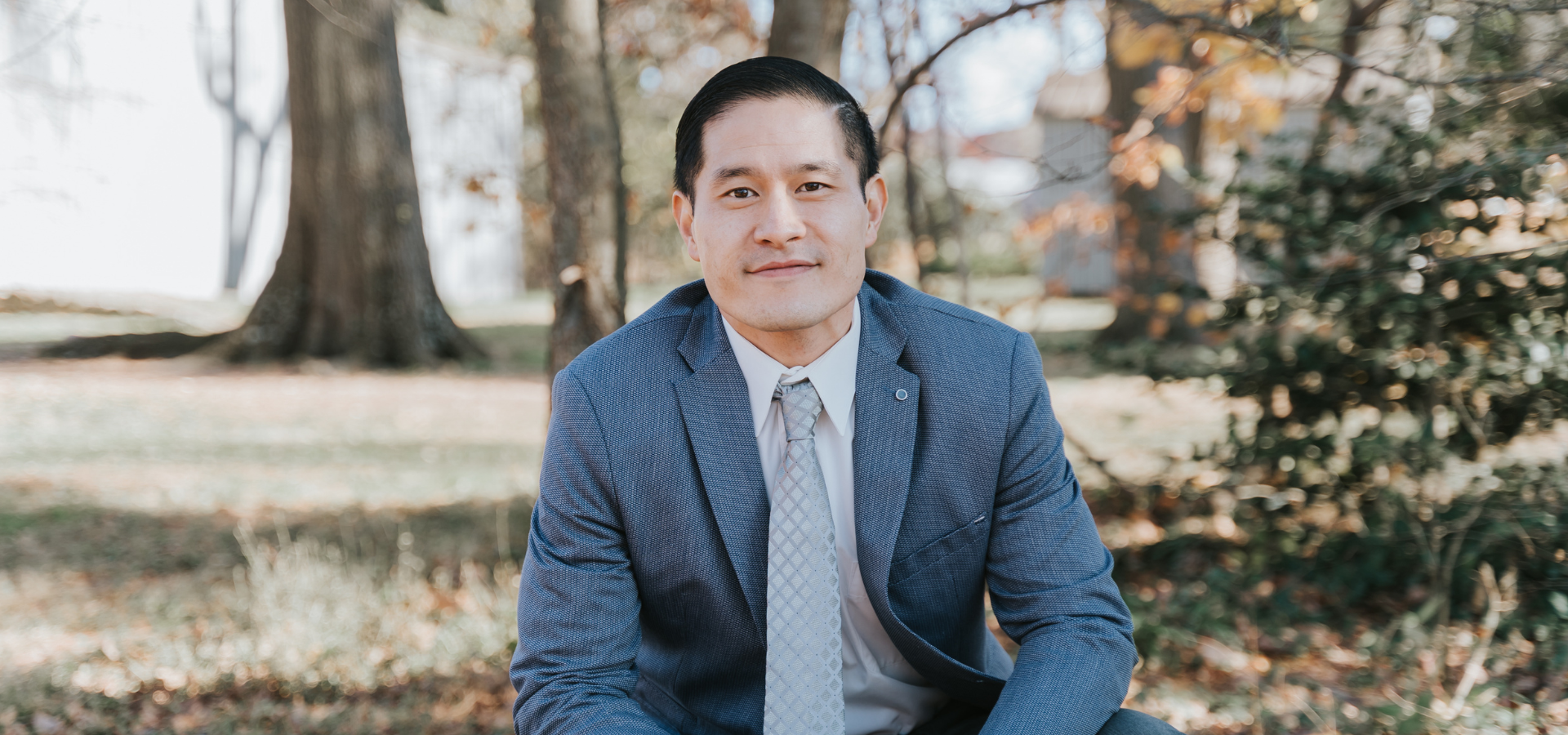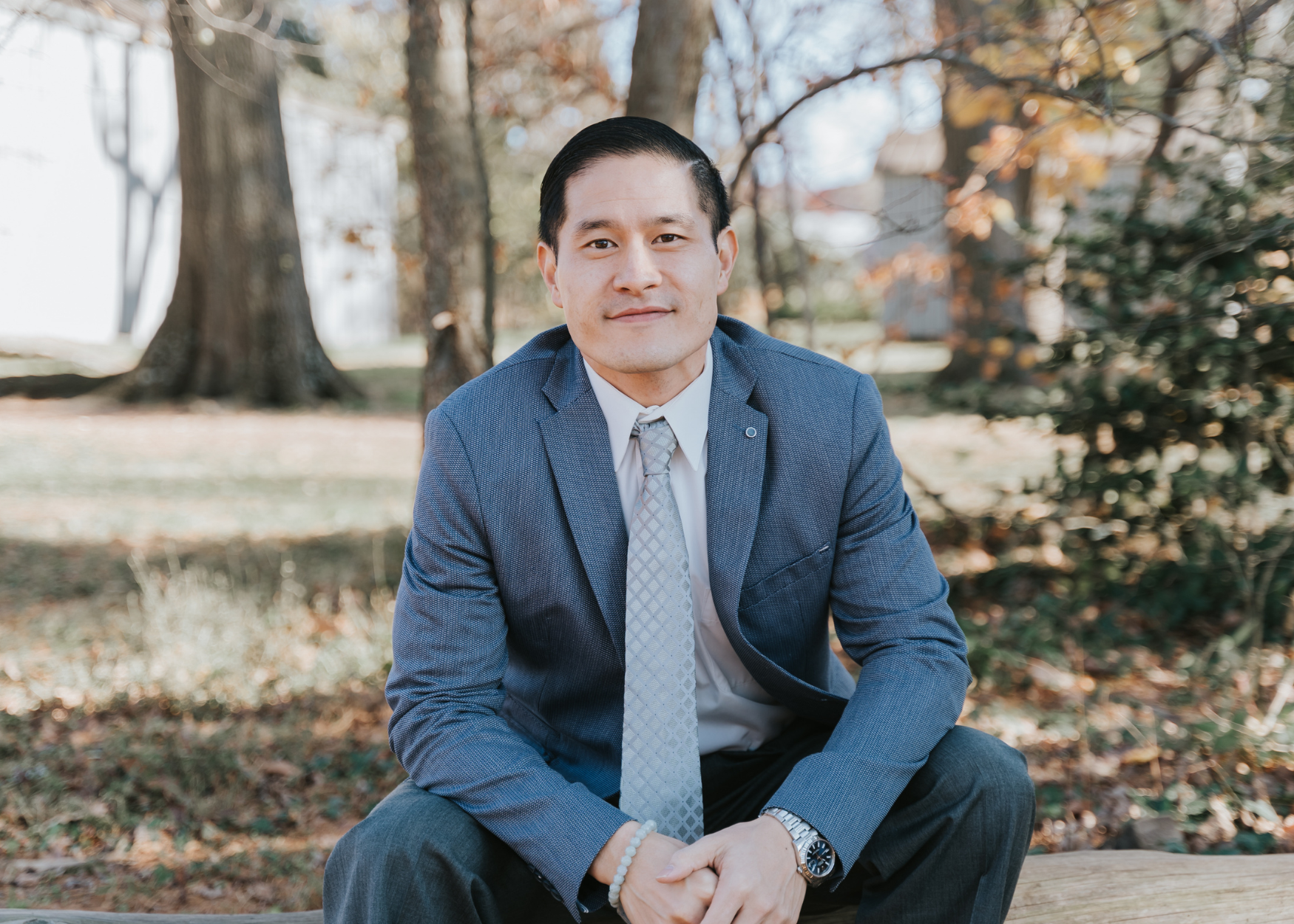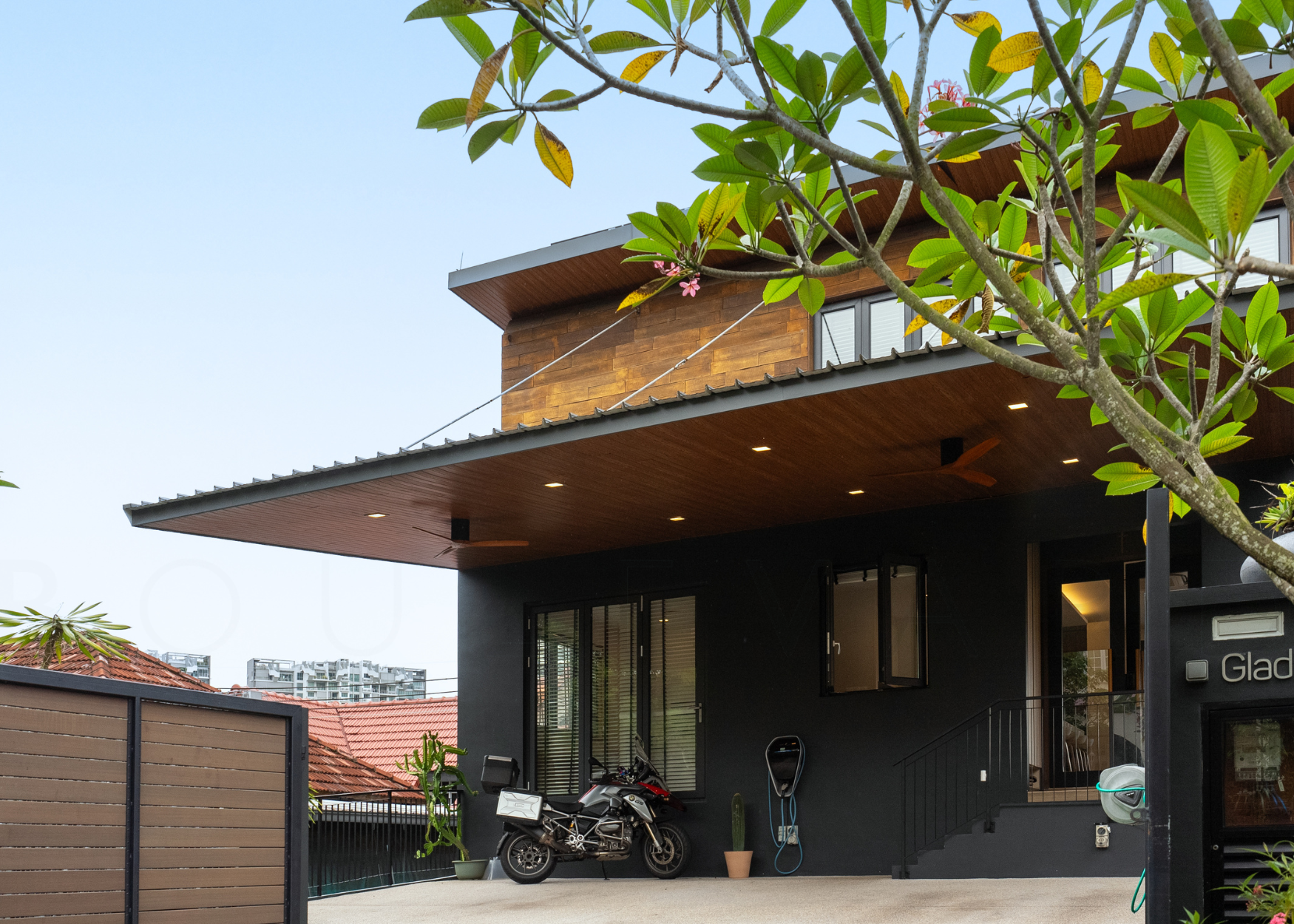The interview: From small language models to military-grade technologies, Christopher Aw leverages his defense background to inform his investment strategy
by Karishma Tulsidas
A former military technologist, Singapore-born, US-based investor Christopher Aw now works across venture capital, private equity, real estate, and private credit. He advises startups and funds around the world and volunteers with organisations such as the Cartier Women’s Initiative, the Moonshot Awards, and the Unreasonable Group.
In this interview, Aw discusses how military-grade, cutting-edge technology from a decade ago is finally making it into the commercial space; why he’s excited about AI; and the importance of checking your ego before investing in alternative assets.

Christopher Aw, partner at Argonautic Ventures.
Boulevard: You have a background in defense—how does that inform your investment approach today?
Christopher Aw: I’m a systems engineer and used to work in a research lab building systems for the military. Later, I worked for a think tank supporting the government in technology investing into tools and programmes that were being fielded in under 18 months, so I always want to understand how things work and how they will impact everything around them. I was lucky to get to work with cutting-edge technology, some of which is only just becoming commercially viable.
It’s great seeing some of those technologies solving different types of problems in the commercial world. One example is hyperspectral imagery. We used it in Iraq and Afghanistan to detect bomb-making materials. Now I see it used to monitor deforestation or crop health from space. It’s amazing to see the same tools being repurposed from a warzone to sustainability.
Blvd: Is it typical for military-grade tech to take a decade to reach commercial use?
Aw: It’s not uncommon. Our organisation alone was investing approximately US$20 billion a year in technologies and companies that we thought could have an immediate impact to save warfighters’ lives. VCs operate with different goals and measure outcomes in different ways. Sometimes technology needs to be further along or applied in different ways to provide a compelling case for a VC. Also, some of the technologies were classified at the time and are only becoming accessible now.
“Everyone’s talking about large language models (LLMs), but I’m more excited about small language models (SLMs). These are domain-specific AIs that consume less power and deliver more focused, efficient insights..”
Blvd: What technologies excite you now?
Aw: I don’t think you can have any interest in technology and not be interested in AI. It is already changing the world. From the chatbots that so many people already use, to the ways that AI is impacting specific industries, it’s impressive.
Everyone’s talking about large language models (LLMs), but I’m more excited about small language models (SLMs). These are domain-specific AIs that consume less power and deliver more focused, efficient insights.
OpenAI’s Sam Altman said recently that saying ‘please’ and ‘thank you’ to ChatGPT actually costs real money, as the system has to spend the energy to respond. That’s the cost of scale. SLMs narrow the data set—if you’re building construction tech, you don’t need to train your model on English Literature.
These models create not just efficiency but defensibility. If you own proprietary industry-specific data, that’s a moat. Think Bloomberg building an AI on top of their financial data—might not be great for everything, but for trading data, it’s gold.
In biotech, AI is also making drug discovery faster and more affordable, which could eventually lower the cost of new therapies.
Blvd: What else are you investing in, beyond AI?
Aw: Private equity, private credit, and real estate. The interest rate environment has made both areas a lot more interesting. In private equity, the old model of ‘buy, lever up, exit’ is getting challenged. Now, funds are being more hands-on, with operators adding actual value, which I prefer.
Roll-up strategies are also compelling. You buy several companies at low multiples—say two to three times EBITDA—integrate them, add shared services, then exit at a higher multiple. That value compression alone can drive solid returns.
On private credit, it is certainly higher-risk than treasuries or traditional fixed income assets, and there’s a reason banks don’t touch some of it—but there are parts with reasonable risk-reward profiles, especially for families seeking consistent cash flow in a fixed income replacement.
“Private equity, private credit, and real estate. The interest rate environment has made both areas a lot more interesting.”
Blvd: When you invest in funds or startups, what are your primary criteria?
Aw: It’s about the assumptions they’re making and how much I trust the people behind them. Every pitch deck is essentially: ‘Here are my assumptions. Do you agree?’ If I agree with their logic, their vision, and they’ve got the right team and traction, then it makes sense.
For funds, I care about value add. Domain expertise matters. I’m not a fan of funds that invest in everything. Some GPs are general contractors themselves—that’s value in a real estate fund. Others might be ex-operators who deeply understand their sector.
Blvd: Are you focused on US investments, or are you looking globally?
Aw: Mostly US right now. I advise funds in the Middle East and Southeast Asia and love those regions, but the US has consistent returns, strong capital markets, and mature infrastructure. From seed to IPO and beyond, the US has the full capital stack, including exit paths in public markets and private equity.
Every region has its own ‘valley of death’, a funding gap at a specific stage. In Southeast Asia, for example, there might be plenty of seed and Series A investors but far fewer Series B and later. The US ecosystem is just more developed in that sense.
Blvd: In light of the current climate, do you believe that the US market is still on an exciting trajectory?
Aw: I think so. The US is still the global reserve currency and I do not see a strong alternative currently. It has unmatched consumer demand. People forget that individual states have GDPs equivalent to the nations that some people are looking to enter as alternatives to the US market. That matters when you’re scaling a business.
There’s this idea that Southeast Asia is the next China. I’ve hated that from day one. Southeast Asia is more like Europe, a collection of distinct markets. Different laws, languages, customs, work culture. The countries in the Middle East are more unified linguistically and culturally, but they have a much smaller population.
If you’re a Chinese or any other manufacturer looking to shift away from the US, where else are you going to absorb that volume? Vietnam? Thailand? Good markets, but limited purchasing power compared to the US, so it depends on the types of product you are producing. There’s just no easy replacement currently.
“The US is still the global reserve currency and I do not see a strong alternative currently. It has unmatched consumer demand.”
Blvd: You’ve also done some work in media and film?
Aw: I love that space. My dad wrote for some TV shows and my uncle invested in films, so it’s a family interest. I’ve helped on small projects, supported a startup in the media-tech space, and I’m on the board of a nonprofit that helps US veterans transition into the media industry.
Blvd: What advice would you give to someone investing in alternative assets?
Aw: When you are talking about media, whisky, wine, and luxury items, there should be a reason beyond planned return on investment. These can be fun investments, but you need to know what you are getting yourself into—and for what reason. Is it because you want to go to the premiere of a film and walk the red carpet, or because you want to pick and choose items for your personal collection or consumption?
As an example, a friend ran a whisky fund and shared how the liquid wasn’t very liquid. It often needs to be sold at auction incrementally, which means it becomes a challenge at the end of the fund’s life to receive the market value of the total fund, and in a timely manner.
In general, I would say, don’t over-allocate. Diversify first across core asset classes in the private markets, based on your timelines—VC, PE, real estate, private credit. Then, if you love watches or movies, allocate a bit for passion. But always check your ego. Just because you can write a big check, doesn’t mean you should—especially in these alternative- alternative asset classes. Build relationships, get mentors, and never chase FOMO.
Read next:






